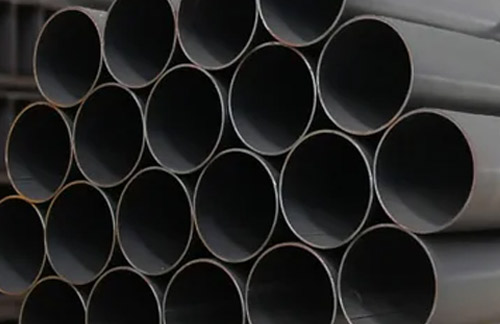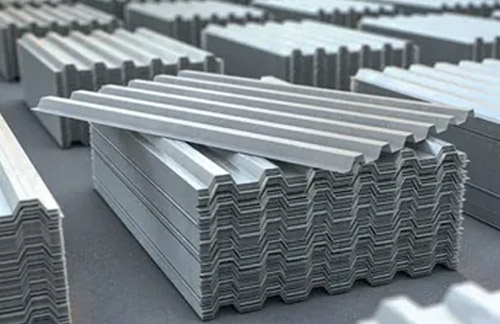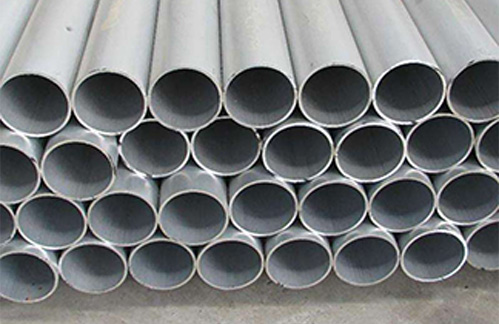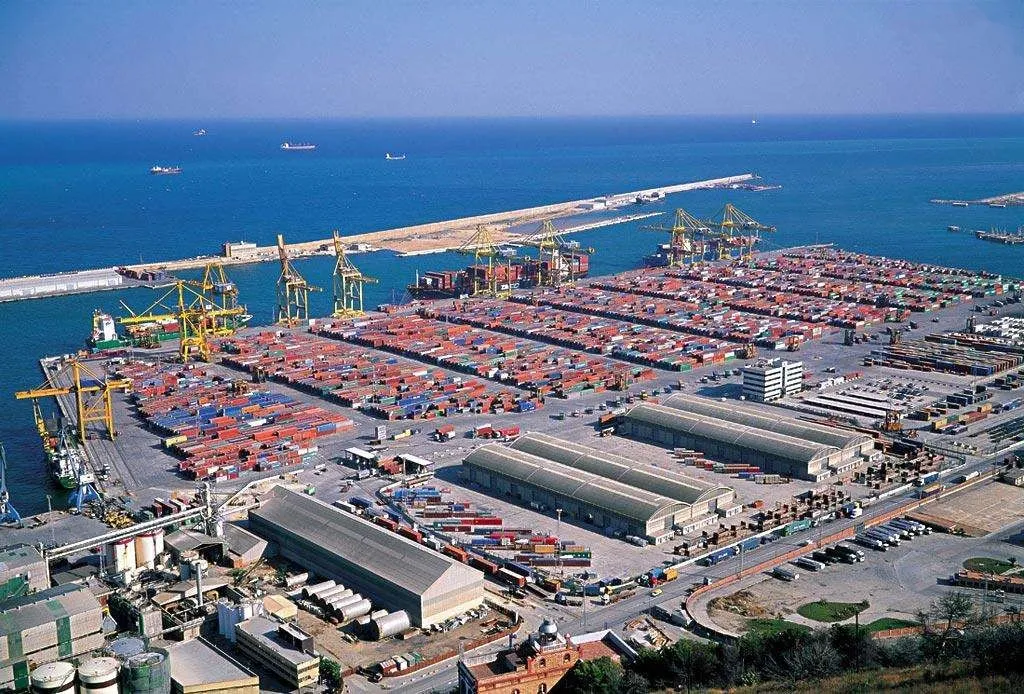The International Association of Long Rod Manufacturers (Irepas) pointed out in its latest demand outlook report that global long rod varieties are expected to be good in the second quarter.
Spring brings broad prospects to the global long timber market
In the global long product market, the current situation and sentiment are generally very good, with most orders exceeding the average level. The winter in the hemisphere is coming to an end with the end of the holiday, and vaccination work is also underway. Combined with economic stimulus activities, a willingness to restore normalcy, and strong investment, all have had a positive impact on the global long haul market. With the rapid increase in production in many parts of the world, the demand for commodities, raw materials, and steel in China during the spring period will continue to be strong.
Manufacturers are eager to increase production amidst strong price trends
Based on the continuous increase in production of blast furnace plants. Steel raw materials and commodities such as oil are trading with strong price trends. Overall, the supply chain is very tight, and the sustained path of economic recovery is driving inflationary pressure in all sectors, from commodities to freight. The winter conditions in Europe and the United States in February are unsettling in terms of logistics. The shortage of semiconductors has slowed down the speed of automobile production, resulting in a decrease in the supply of scrap steel.
EU steel prices are approaching their peak in 2008, but the European Steel Association is still seeking an extension of safeguard measures
Due to current safeguard measures, the EU’s import volume has dropped to a historic low, and market supply is completely unable to meet downstream demand. The steel prices in the EU market are almost as high as their peak in 2008, and international prices are even higher or equal to domestic prices in the EU. In addition, China is no longer genuinely interested in exports, but is seeking to reduce steel production. China may also reduce export tax rebates, which will definitely have a further negative impact on China’s export volume. In this situation, there seems to be no import threat to the domestic market of the European Union. Nevertheless, EUROFER is still working to expand the EU’s safeguard measures.
US importers under pressure
From the perspective of importers in the US market, the current situation seems to only worsen. In addition to supply shortages, importers are also facing transportation difficulties, especially in obtaining containers and severe local port congestion. Looking back at 2008, both raw material and transportation prices were at historic highs. By May and June, most domestic steel mills were fully booked, making future sales even more difficult. It is now clear that the Biden administration will not immediately change the trade restrictions imposed by former President Trump Shiga. Overall, importers are still in a difficult period.
China is increasing its focus on production based on electric arc furnaces
After the Spring Festival, the Chinese steel market has shown a positive trend, and the weather has gradually warmed up. China has started reducing steel production to achieve environmental goals and plans to reduce pollution by 40% by the end of 2021. Therefore, converter factories will reduce capacity utilization and be gradually replaced by electric arc furnace production. The possible consequence would be to boost the price of scrap steel.
The competition in the global long material market is relatively good
The competition in the global long material market is relatively good. The only exception is the fiercely competitive US import market. Asia seems to be more competitive in terms of billets and steel bars. Nowadays, most of the production time has been extended, although in the coming months, the impact of all these blast furnaces being restarted in the past month or so will gradually become apparent.
Domestic steel mills in the European Union are in a strong position
EU steel mills have realized that market inventory levels are already very low and will soon need to purchase many materials. Due to tight quotas and rumors of expanding protection measures, domestic steel mills will not be concerned about purchasing power issues. Meanwhile, steel mills must be wary of opportunistic exporters from other regions.
The outlook for the next quarter is much better than last year
Compared to the same period last year, the outlook for the next quarter is much better and very good for most markets. Except for the unstable import market in the United States.
How persistent will the demand be and how quickly will the supply be able to adjust?
Under favorable conditions of warm winter, construction activities in Europe are almost at a 100% level. The market potential is great in the second quarter, and the global demand for long materials is still sufficient. The current question is about the sustainability of demand and whether it is possible to quickly adjust market supply? In fact, the outlook for the US market may still be seen as an exception. Two large infrastructure projects, one located in California and one in New York, have been removed from the $1.9 trillion stimulus plan, and the growth in infrastructure spending has been delayed.
Suhe steel co., ltd., Your Trusted Metal Supplier
CONTACT US
Contact Us
- Suhe steel co., ltd.
- [email protected]
- +8618036897418
- D-1, Lane 148, Yantai Industrial Zone, Shacheng Town, Longwan District, Wenzhou City, Zhejiang Province
Copyright© Suhe steel co., ltd.
This site is protected by reCAPTCHA and the Google Privacy Policy and Terms of Service apply.








